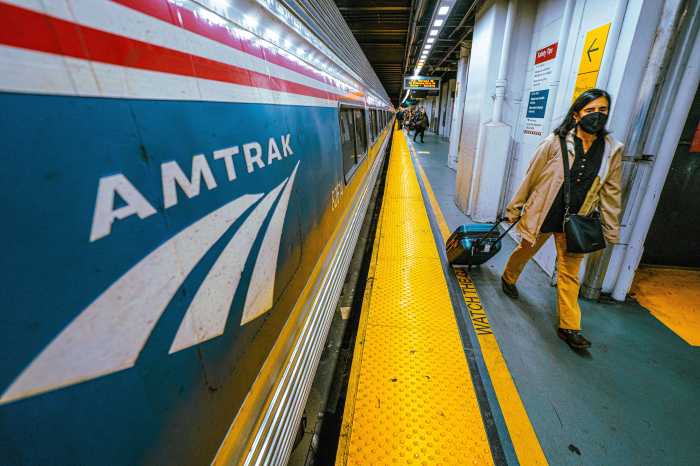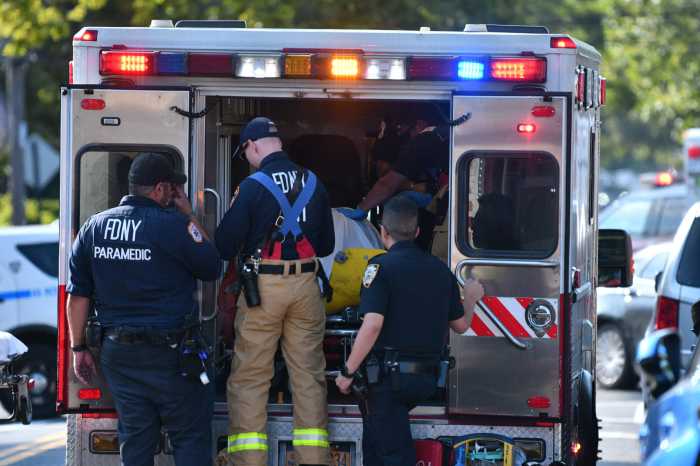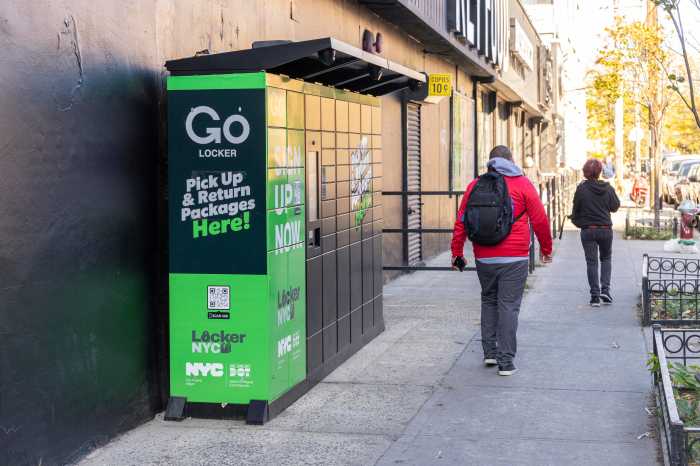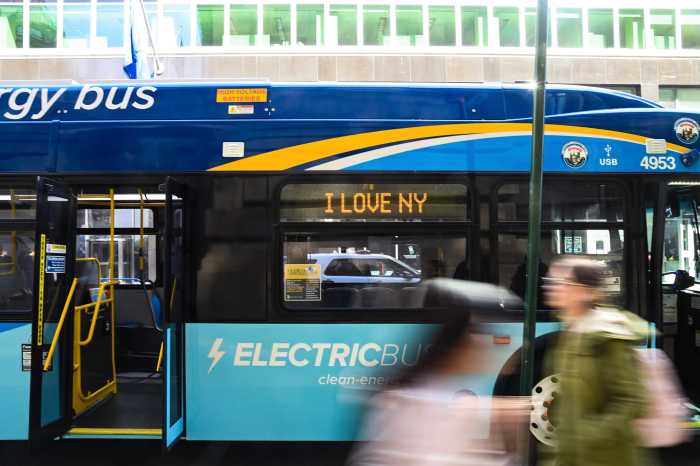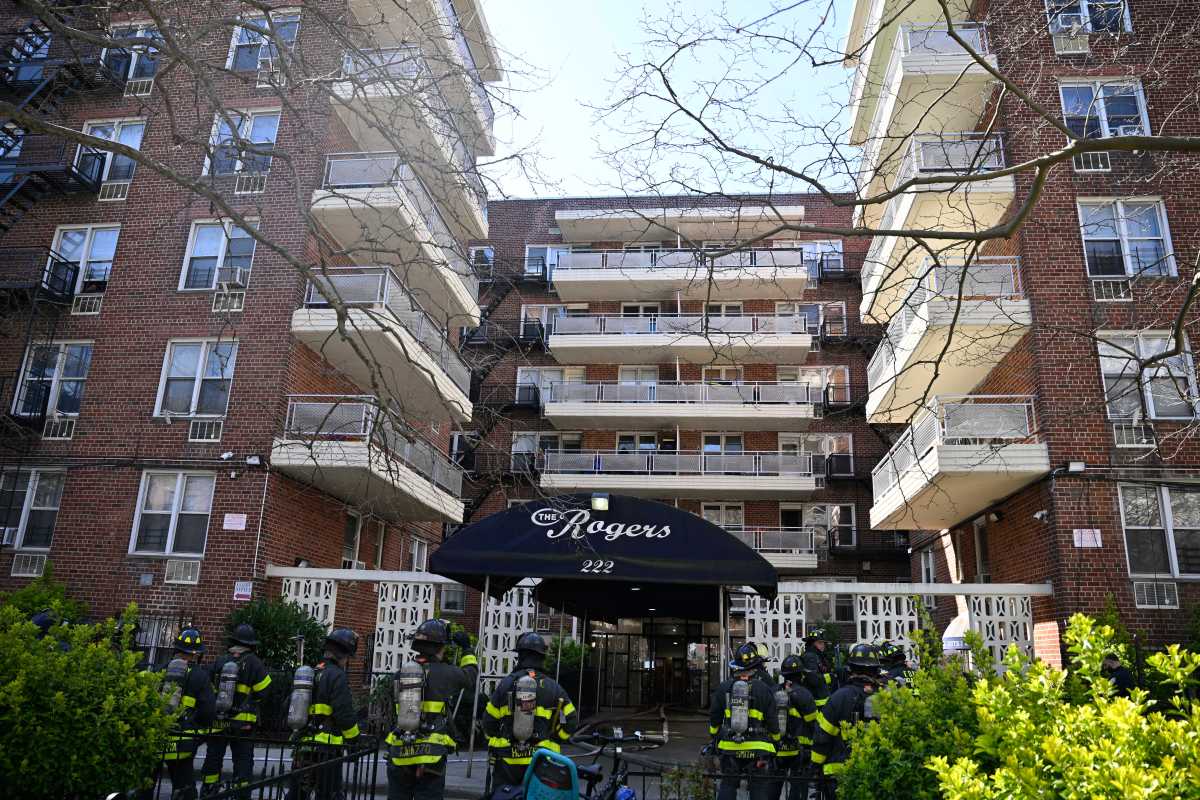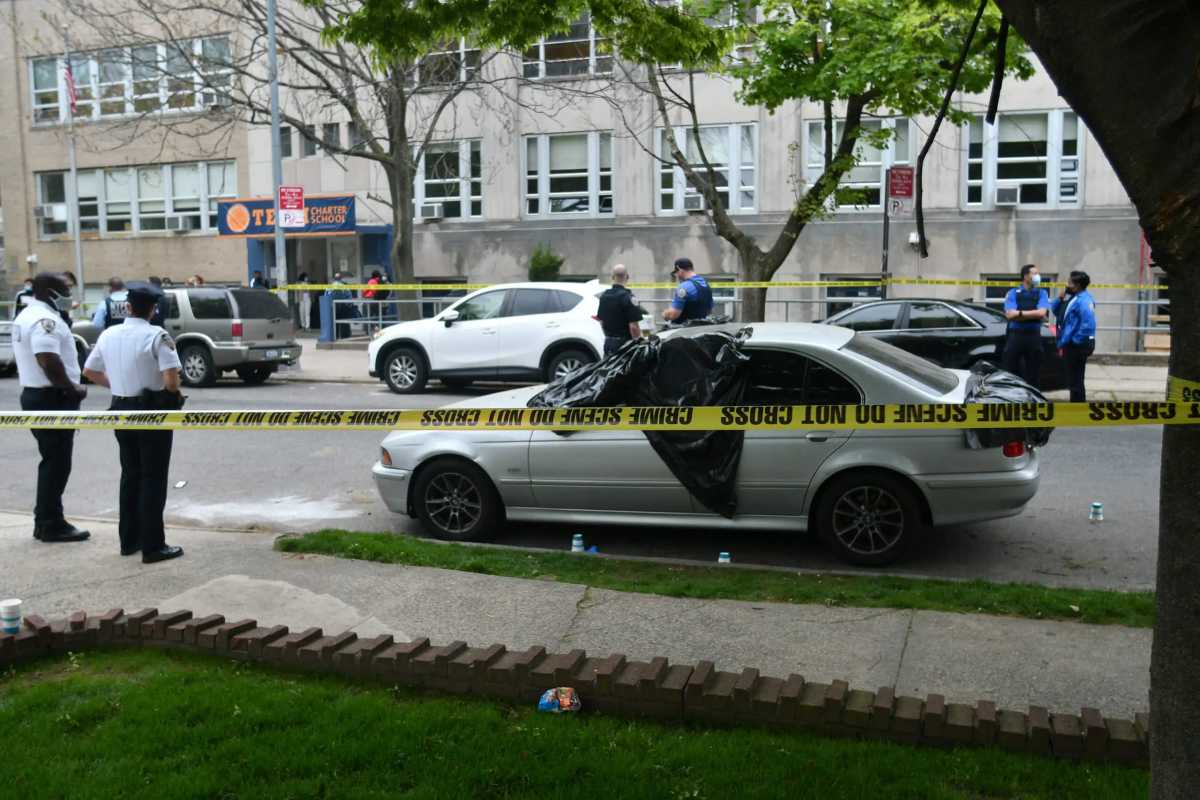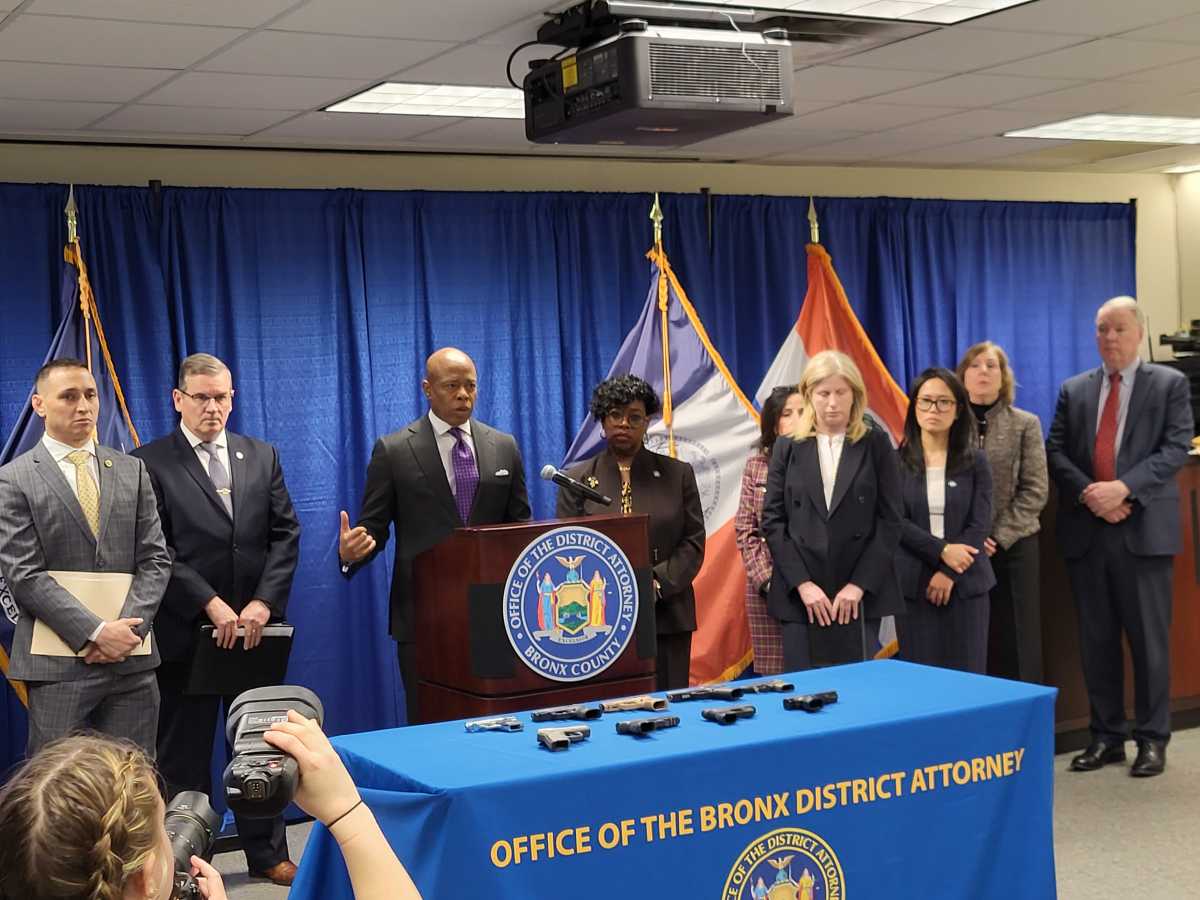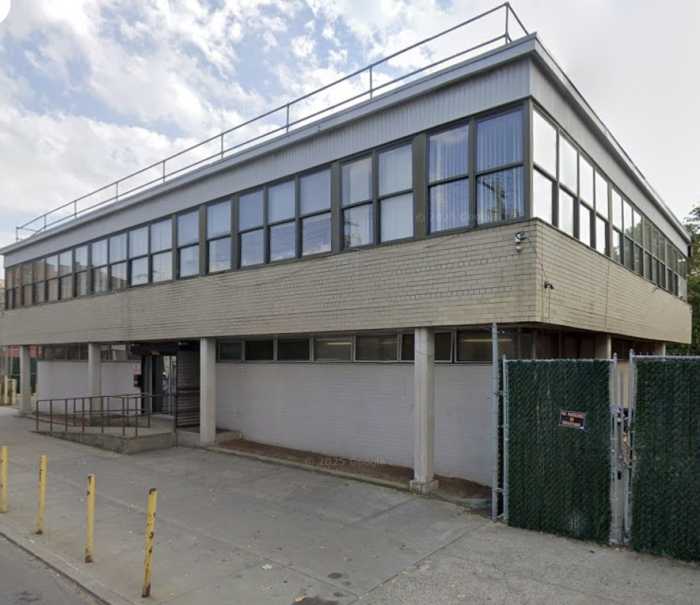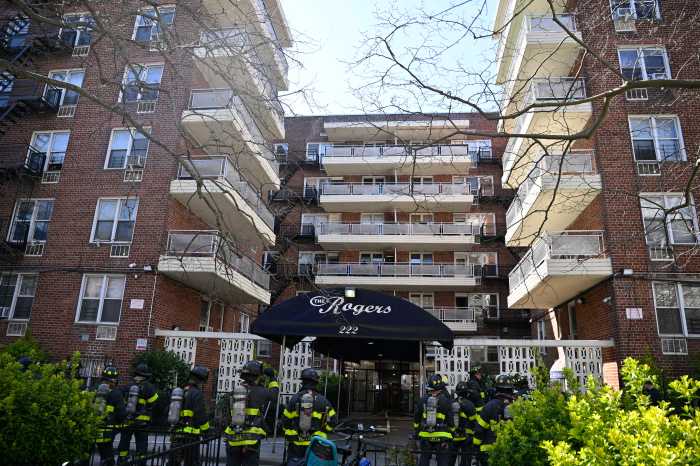
The daily struggle for space on the city’s nearly 20,000 miles of street
and sidewalk is not exclusive to pedestrians, bicyclists and motorists: There are travelers who vie for a slice of the terrain in unorthodox ways. They
are the New Yorkers who take to the boulevards on longboard skateboards, ride on mopeds and take a page from their Razor scooter-riding kids by hopping onto one built for adults.
These offbeat travel options let them ditch the subway and zip to their destinations, while being easy on the wallet.
“It’s awesome, a real sense of freedom — like surfing on concrete,” Ben Chen, a 21-year-old NYU student, said of skating.
LONGBOARDS/SKATEBOARDS
James Soladay, a 34-year-old professional skateboarder in Clinton Hill, said longboards have caught on for their smooth ride, ability to handle high speeds and large wheelbase compared with traditional boards.
“For a beginner, a longboard is an easier way to enter [skateboarding],” he said. “I can teach my little niece the first day to ride a longboard, but not necessarily a skateboard.”
Soladay, who organizes a “Broadway Bomb” longboard ride every year, said bike lanes have made skateboarding in the city safer, though cyclists can be territorial.
“The cyclists seem to have a sense of entitlement when riding,” he said. “Some of the cyclists — and I’m talking about a very small percentage — do not yield to the skateboarders and when asked to say excuse me, they’ll say ‘I don’t see a skateboard painted there.'”
The city Department of Transportation does not track skateboard usage, a spokeswoman said. In 2012, the number of walkers, in-line rollerbladers, skateboarders and bicyclists on the city’s greenways reached 13,160 during peak hours; bicyclists alone accounted for 6,256 users, according to a study last year from the New York Metropolitan Transportation Council.
There are few specific rules for skateboard use in traffic law. Applicable sections of the law are “more in line with those pertaining to bicycles,” a Department of Motor Vehicles spokesman said.
KICK SCOOTERS
If more stability is needed, there are kick scooters — an adult version of the Razor scooter kids have enjoyed for over a decade.
Lucy Prager, 53, an Upper East Side psychotherapist, said her 19-year-old son inspired her purchase of an aqua blue scooter. She glides to work, appointments and the gym from the safety of the sidewalk.
“I thought this was so fast,” she said. “It’s so much better than walking.”
In 2001, shortly after the launch of the original Razor scooter, NYCeWheels on the Upper East Side opened to sell adult-size electric and kick scooters, which can cost more than $250.
Peter Yuskauskas, who runs NYCeWheels, said the scooters still make up a big chunk of the company’s gross sales since it expanded to sell folding bikes and other portable rides.
“A lot of people are finding that their kids are scooting and they want to drop into that nostalgia of scooting with their kids that brings them back to their own childhood,” he said.
As for any stigma of an adult scooting around on a kid’s toy, Yuskauskas said these are built sturdy for the city and it’s still fun regardless of age.
“We get a lot of people who lead out with a question … like, ‘I’ve been thinking about these scooters, am I crazy?’ And our answer is no, absolutely not,” he said.
MOPEDS
People who want to add muscle to their pedal power can hop on a moped, a motorized bicycle that has spawned a subculture of gear heads in the city.
On Sundays, more than a dozen or so moped enthusiasts gather at a garage in Bushwick called Second Stroke to begin a group trip through the streets.
The shop’s owner, Peter D’Addeo, 31, of Bushwick, said a trip to Italy had sparked his interest in the moped. He got one while living in Sunset Park, which let him travel in a way that was less strenuous than a bicycle and quicker than a subway.
“Mopeds seemed a lot more fun,” he said. “I’ve converted a lot of bicyclists.”
His selling points for mopeds are that they start around $1,200, get 100 miles to a gallon, require only a driver’s license, are easy to maintain and are faster than the average bicycle at up to 30 mph.
“I barely take the subway now,” he said. “It’s so much quicker and cheaper.”



